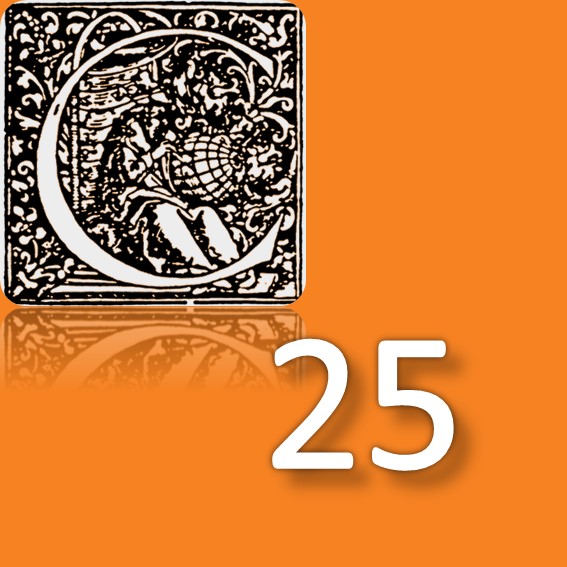Actual Infinity in Or Hashem by Hasdai Crescas (1340-1411)
DOI:
https://doi.org/10.23925/1980-7651.2020v25;p01-39Keywords:
Crescas, Maimonides, infinite, vacuum, first causeAbstract
This article focuses on the concept of the "infinite in act" of the medieval Jewish philosopher Has-dai Crescas (1340–1411), formulated in the book Or Hashem (1410) to Maimonides' first three propositions, as set out in the second part of the Guide of the Perplexed. Maimonides' theses aim to deny the possibility of the current infinite as an immaterial or material magnitude, as an infinite set of finite beings and as an infinite series of cause and effect. After a brief exposition of the trajectory of the concepts of infinity in the different Jewish wisdom traditions received in the Middle Ages, we indicate how the argument for the current idea of infinity in Crescas dialogues with them. From this dialogue, the concept of the infinite emerges as a singularity updated parallel to the real as an infinite vacuum, a place of coexistence of infinite universes, and as an actual divine infinite like Kavod, Glory, which fills the infinite universe and as an immanent cause of the infinite series of cause and effect that constitutes the eternal existence of contingent beings. In the critique of the third Maimonidian proposition, the first cause is described as an ontological and immanent cause of the infinite series of causes and effects. In this discussion, Crescas points to an idea of God very different from that developed by Maimonides. Here we have the medieval Jewish debate between defenders of divine transcendence and defenders of immanence. This theme is important for the understanding of the reception of Hasdai Crescas' work by Picco Della Mirandolla, Bruno and Espinosa.Downloads
Published
2020-07-09
How to Cite
Leone, A. (2020). Actual Infinity in Or Hashem by Hasdai Crescas (1340-1411). Circumscribere International Journal for the History of Science, 25, 1–39. https://doi.org/10.23925/1980-7651.2020v25;p01-39
Issue
Section
Original Articles


.png)
